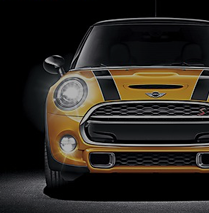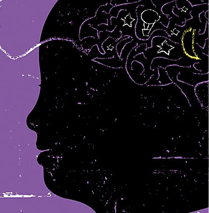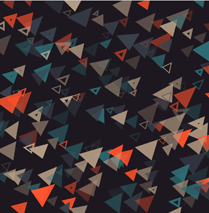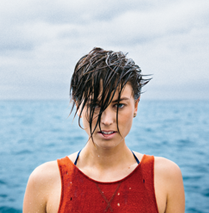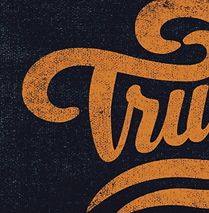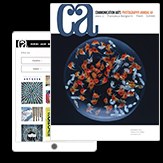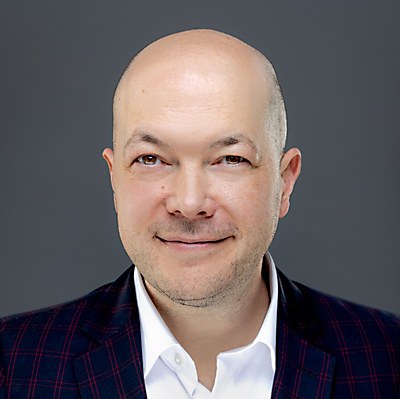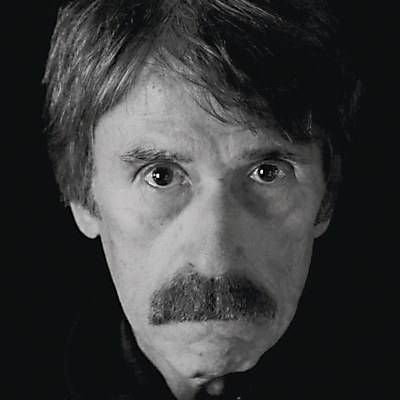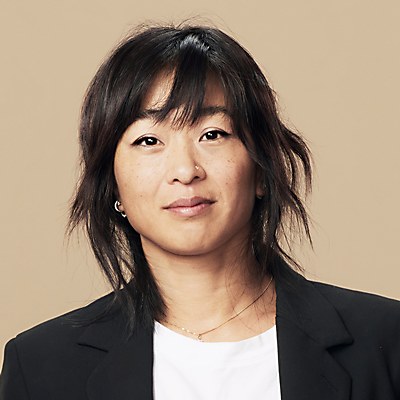How did you get started in photography? As a kid, I enjoyed taking snapshots with a point-and-shoot camera. As a teen, I always had a video camera with me. Thinking back, I was pretty obnoxious about it, but it was an early education on feeling comfortable behind a camera. During undergrad, a friend introduced me to an SLR camera. I’ll never forget how shocked I felt when I was told to push the button down halfway. Within seconds, everything came into focus. I remember thinking, ‘This thing does all the work?!’ Days later, I took out cash—for the discount—and bought my first camera. And I haven’t stopped pushing the button down ever since.
On your website, you mention that you have a background in film photography and darkroom work as well as printmaking, and that while you do shoot digital, you love to work in mixed formats. How do these inform your photography practice? My relationship with the manual process of film and printmaking was—and still is—quite compatible. Whether I was registering, bracketing, or dodging and burning, I was in process and had to practice patience. Both techniques require me to calculate slowly and spend quality time in different stages without instant gratification. Printmaking lets me playfully get my hands dirty and embrace the individuality of each print while still being in repetition. Making unintentional mistakes in the darkroom taught me how to use flaws to my advantage. All of this lives in the roots of my current photography practice. It comes natural to me. The uncertainty and difference in textures within alternative processes intoxicates me. It helps me express a range of emotions within an idea.
What are some of your favorite cameras or equipment in your arsenal, and what do you like about them? My favorite camera I own is an old Yashica 35mm. The shutter sounds like a familiar song, and the images are creamy, rich, soft and textured. Another camera that feels like butter is my Mamiya 645, a beast of a camera. It took me a long time to get cozy with it, but now we are thick as thieves. I also adore my Canon Sure Shot—a little point and shoot that simplifies things yet gets the job done. My Polaroid camera is full of happy accidents. I never know what I’m going to get, which is why I love it so much. When I am shooting digitally, I most often use a Canon 5D Mark IV. I am most satisfied with that camera when I have a 50mm f/1.2 prime lens on it with the lens wide open.
One thing I love about your film work is your penchant for using multiple exposures, like in your series for Smithsonian magazine on the revival of the hula hoop. Do you often use a lot of in-camera techniques in your work, and how do you like to experiment with them? I grew up on the element of surprise that comes when you shoot film, and I tend to protect that whenever I can. For me, making multiple exposures in-camera requires a blend of intentional calculation and a grip of uncertainty. I am precise yet love to create space for error. And no matter how much I plan, I am always quite surprised by the outcome. Whether I obstruct the lens or make multiple exposures, the fine artist in me sees the viewfinder as an empty canvas. Once I am deep in exploration, discovery and curiosity, I am in my zone.
You’ve recently begun directing motion and live-action projects as well. What do you like about directing, and how—if at all—have you noticed your creative process changing for motion? What I love most about directing is collaborating with all the incredible talent in different departments. Naturally, I can feel my creative process changing, and I am finding pleasure in thinking, seeing and feeling in a new way. As a photographer, I have always been sensitive to my surroundings while making a photo. I am present to not only what is happening in the frame but what is happening around me as well. When I’m directing, it’s as if that awareness has heightened. Instead of expressing what I am feeling in one frame, I have multiple frames. I have sound design and music. And entire teams of collaborators that I respect and value from top to bottom. I thrive in rich collaborations, and directing has been an extension of that part of my process.
Looking at your work, you have an exceptional talent for portraiture and distilling multiple facets of a person into a single image or shot. How did you develop this skill, and what draws you to portraits? Wow, what a compliment. Thank you. I have always led with my feelings versus my technical ability to make a photograph. I am exposing my own multidimensionality within my portraits, which requires a subtle amount of vulnerability. I believe that subtlety is reflected back at me at times. Building a connection with who I am photographing is ideal, but sometimes you only have five minutes with a person. So, my relationship with myself is an important part of the connection.
I also think it’s just luck. I was lucky to be raised by a passionate family. For better or for worse, we stood out. We made impressions. We fought hard. We cared deeply. And I think that energy rubbed off on me in a magical way.
Is there anybody or anything you would love to photograph? Why? Having lost my mother when I was eighteen, I spend a lot of time looking back at archival images. Reflecting on a life lived has influenced my interest in making memorable, timeless photos of people we cherish.
I have also always been drawn to artists, specifically musicians. I grew up on a steady diet of MTV and a family that had a music collection full of range. Music videos, album covers, and the styles and cultures that surrounded music were early influences on my emotional and visual language. Music was—and still is—what moves and drives most of my work.
What is the weirdest thing that happened on a shoot, and how did you handle it? I had a production miracle happen recently. I was walking backwards, on the beach, while shooting alongside the steadicam crew and fell over a rock, on the sand and in the ocean. Not only did I not get hurt, but the camera stayed dry, and I managed to snap a few decent images during the fall. That was a first!
What do you think of where the photography industry is now, and where do you see it headed? It has been inspiring to see certain voices in the industry dedicate their mission to shaking old trees and demanding accountability. There is still a long road ahead of us, but I tend to focus on the people in the rooms who are consistent and committed to their craft and the bigger picture of equity and inclusion. I see the industry having no choice but to make space for more variety in the voices being seen, felt and heard, instead of the same names over and over again. And if I don’t see that, I see myself advocating so long as I am in this game.
Do you have any advice for photographers just starting out in the field? Prioritize your health.
Learn from the jobs you hate. Reflect.
Follow up.
Create self-driven work to shape the work you want to attract.
Just because you don’t win an award or don’t get a job doesn’t mean you’re not good.
Just because you win an award or get a job doesn’t make you the best.
There is room for all of us. Stay close to people who see it that way. ca


